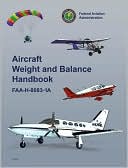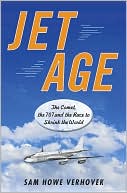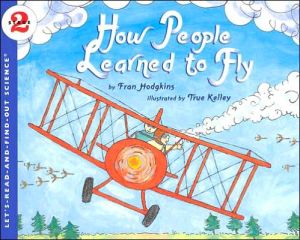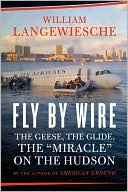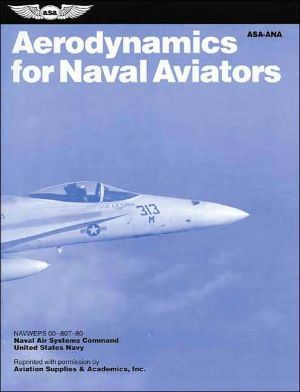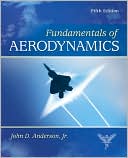Aircraft Weight and Balance Handbook: FAA-H-8083-1A
Search in google:
The official FAA guide to aircraft weight and balance.
Weight and Balance Control 1Weight Control 1Effects of Weight 2Weight Changes 2Stability and Balance Control 3Weight Control for Aircraft other than Fixed and Rotorwing 5Weight and Balance Theory and Documentation 1Weight and Balance Theory 1Aircraft Arms, Weights, and Moments 1The Law of the Lever 1Determining the CG 2Shifting the CG 3Basic Weight and Balance Equation 4Shifting the Airplane CG 5Weight and Balance Documentation 6FAA-Furnished Information 6Data Pertinent to Individual Models 6CG Range 6Utility Category 6Empty Weight CG Range 10Maximum Weights 10Number of Seats 10Maximum Baggage (Structural Limit) 10Fuel Capacity 10Oil Capacity (Wet Sump) 10Data Pertinent to all Models 10Datum 10Leveling Means 11Manufacturer-Furnished Information 11Weighing the Aircraft and Determining the Empty-Weight Center of Gravity 1Requirements 1Equipment for Weighing 1Preparation for Weighing 2Weigh Clean Aircraft Inside Hangar 2Equipment List 2Ballast 2Draining the Fuel 2Oil 2Other Fluids 3Configuration of the Aircraft 3Jacking the Aircraft 3Leveling the Aircraft 3Safety Considerations 3Determining the Center of Gravity 4Two Ways to Express CG Location 4Empty-Weight Center of Gravity Formulas 5Datum Forward of the Airplane-Nose Wheel Landing Gear 5Datum Aft of the Main Wheels-Nose Wheel Landing Gear 5Location of Datum 6Datum Forward of the Main Wheels-Tail Wheel Landing Gear 6Datum Aft of the Main Wheels-Tail Wheel Landing Gear 6Location with Respect to the Mean Aerodynamic Chord 6Small Fixed Wing Aircraft Operational Weight and Balance Computations 1Determining the Loaded Weight and CG 1Computational Method 1Loading Graph Method 3Moment Indexes 3Loading Graph 3Compute Weight and Balance Using the Loading Graph 4Multiengine Airplane Weight and Balance Computations 4Determining the Loaded CG 5The Charp Method Using weight, Arm, and Moments 5Determining the CG in Percent of MAC 6The Chart Method Using Weight, and Moment Indexes 6Center of Gravity Change After Repair or Alteration 1Equipment List 1Major Alteration and Repair 1Weight and Balance Revision Record 3Weight Changes Caused by a Repair or Alteration 3Computations Using Weight, Arm, and Moment 3Computations Using Weight and Moment Indexes 4Empty-Weight CG Range 4Adverse-Loaded CG Checks 4Forward Adverse-Loaded CG Check 5Aft Adverse-Loaded CG Check 6Ballast 6Temporary Ballast 6Temporary Ballast Formula 6Permanent Ballast 6Weight and Balance Control-Helicopters 1Determining the Loaded CG of a Helicopter 2Effects of Offloading Passengers and Using Fuel 3Large Aircraft Weight and Balance 1Weighing Procedures 1Determining the Empty Weight and EWCG 1Determining the Loaded CG of the Airplane in Percent MAC 2On Board Aircraft Weighing System 2Determining the Correct Stabilizer Trim Setting 4Stabilizer Trim Setting in % MAC 4Stabilizer Trim Setting in Units ANU (Airplane Nose Up) 4Determining CG Changes Caused by Modifying the Cargo 4Effects of Loading or Offloading Cargo 4Effects of Onloading Cargo 5Effects of Shifting Cargo from One Hold to Another 6Determining Cargo Pallet Loads with Regard to Floor Loading Limits 7Determining the Maximum Amount of Payload That Can Be Carried 8Determining the Landing Weight 8Determining the Minutes of Fuel Dump Time 10Weight and Balance of Commuter Category Airplanes 11Determining the Loaded Weight and CG 15Determining the Changes in CG When Passengers are Shifted 15Determining Changes in Weight and CG When the Airplane is Operated in its Cargo Configuration 16Determining the CG Shift When Cargo is Moved From One Section to Another 16Determining the CG Shift When Cargo is Added or Removed 17Determining Which Limits are Exceeded 17Use of Computers for Weight and Balance Computations 1Using an Electronic Calculator to Solve Weight and Balance Problems 1Using an E6-B Flight Computer to Solve Weight and Balance Problems 1Using a Dedicated Electronic Flight Computer to Solve Weight and Balance Problems 3Typical Weight and Balance Problems 3Determining CG in Inches From the Datum 3Nose Wheel Airplane with Datum Ahead of the Main Wheels 3Nose Wheel Airplane with Datum Behind the Main Wheels 4Tail Wheel Airplane with Datum Ahead of the Main Wheels 4Tail Wheel Airplane with Datum Behind the Main Wheels 4Determining CG, Given Weights and Arms 4Determining CG, given Weights and Moment Indexes 5Determining CG in Percent of Mean Aerodynamic Chord 5Determining Later CG of a Helicopter 5Determining [Delta]CG caused by Shifting Weights 6Determining Weight Shifted to Cause Specified [Delta]CG 6Determining Distance Weight is Shifted to Move CG a Specific Distance 6Determining Total Weight of an Aircraft That Will Have a Specified [Delta]CG When Cargo is Moved 6Determining Amount of Ballast Needed to Move CG to a Desired Location 6AppendixSupplemental Study Materials for Aircraft Weight and Balance A-1Glossary G-1Index I-1
